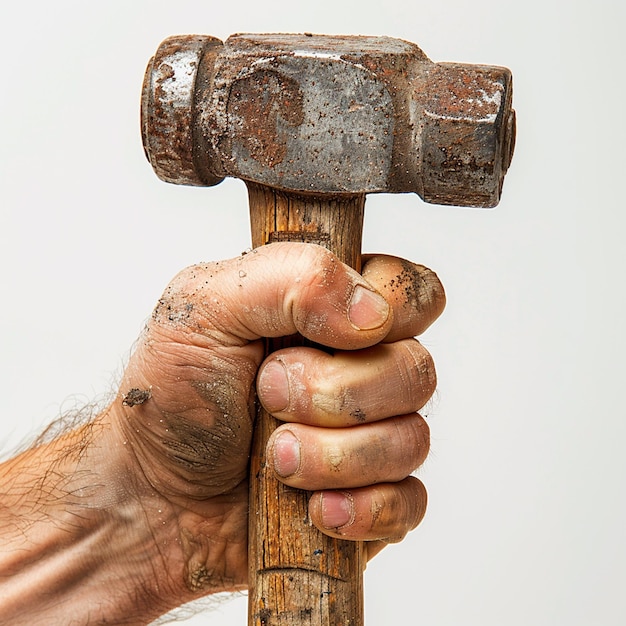The hammer curl is a common exercise in strength training routines that mainly targets the biceps brachii and forearm flexor muscles. Its unique vertical grip sets it apart from other curls, making it a valuable addition to any fitness regimen.
The Anatomy of the Hammer Curl
The hammer curl targets the biceps using a different grip where the palms face each other, mimicking the motion of swinging a hammer. This grip shifts the focus to the brachioradialis, a crucial forearm muscle for elbow flexion, especially when the forearm is neutral. This increased activation not only strengthens the forearm but also balances arm development.
Additionally, the hammer curl engages the brachialis muscle, located beneath the biceps brachii. This muscle is essential for elbow flexion and its involvement enhances the size and strength of the arm, contributing to a more defined appearance.
Proper Execution of the Dumbbell Hammer Curl
Executing the hammer curl correctly requires attention to some key details:
1. Stand with your legs slightly narrower than shoulder-width apart or sit on a bench with a vertical backrest.
2. Hold two dumbbells with your shoulders in a neutral position.
3. Breathe in as you lower the dumbbells and exhale as you lift them. For heavier weights, consider holding a light Valsalva maneuver at the critical point, exhaling progressively afterward.
4. Keep your grip neutral and maintain the humerus vertical and close to your body. Complete the full range of motion from fully extended to fully flexed elbows.
5. End each repetition when the dumbbell almost touches your shoulder.
6. Return to the starting position without swinging your torso and keep the humerus vertical.
Variations of the Hammer Curl
Hammer curls can be adapted in several ways:
– Standing or Seated: Standing engages the core more, while seated focuses on arm movement.
– Alternating or Simultaneous: Alternating curls allow for focused muscle contractions, while simultaneous curls work both arms for a more time-efficient workout.
– Multi-Grip Barbell Hammer Curl: This uses a special barbell with multiple grip positions to target different muscle areas.
– Low Cable Hammer Curl with Rope or “V” Handle: This variation uses a low pulley cable machine for constant tension, increasing muscle activation.
– One-Arm Hammer Curl with Internal Shoulder Rotation: Helpful for those with unstable shoulders, this variation involves slight internal shoulder rotation for better stability.
Advantages of Hammer Curls
Hammer curls are great for those looking to boost their strength and muscle endurance due to their ability to handle heavy loads. The unique grip targets the brachioradialis more than standard curls. Additionally, the variation with an internally rotated humerus offers better shoulder stability, reducing injury risk.
Disadvantages of Hammer Curls
A downside is that hammer curls place less emphasis on the biceps brachii compared to other curl exercises. This could be a drawback for those primarily focused on bicep development. Also, the potential for using heavier weights might tempt individuals to compromise on form, leading to ineffective workouts or injury. Prioritizing proper technique over heavier weights is essential.
Common Mistakes in the Hammer Curl
Avoid these common errors when performing hammer curls:
1. Avoid shoulder flexion during repetitions to prevent unnecessary activation of the anterior deltoid.
2. Avoid shoulder extension to prevent engaging the back and rear shoulder muscles, which often happens when arching the torso.
3. Avoid swinging the trunk.
4. Ensure a complete range of motion, starting with fully extended elbows and finishing with fully flexed elbows.
In conclusion, the hammer curl is a versatile and effective exercise for building arm strength and size. Correct technique and an understanding of its benefits and common mistakes will help you get the most out of this exercise.







